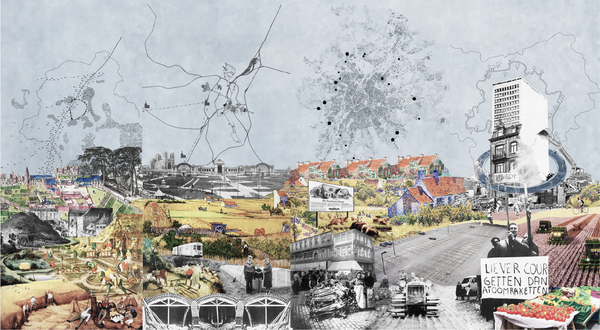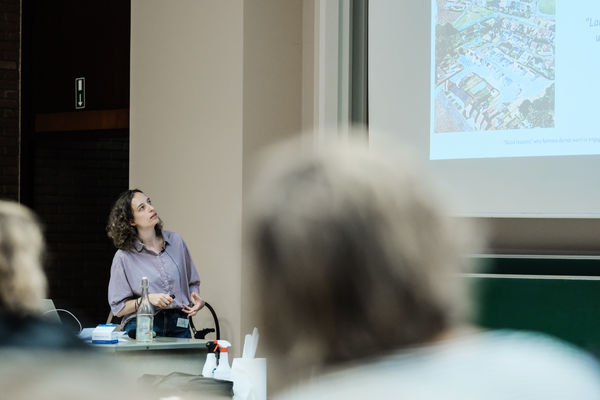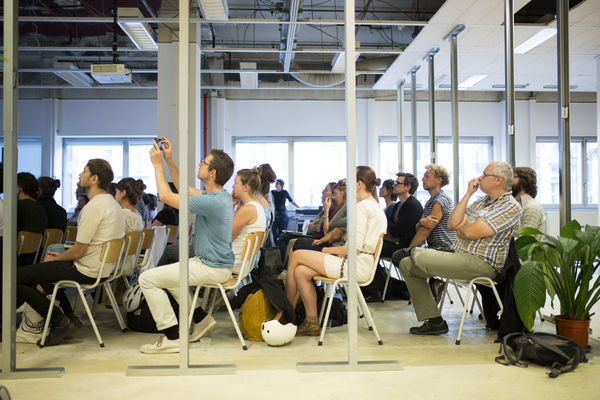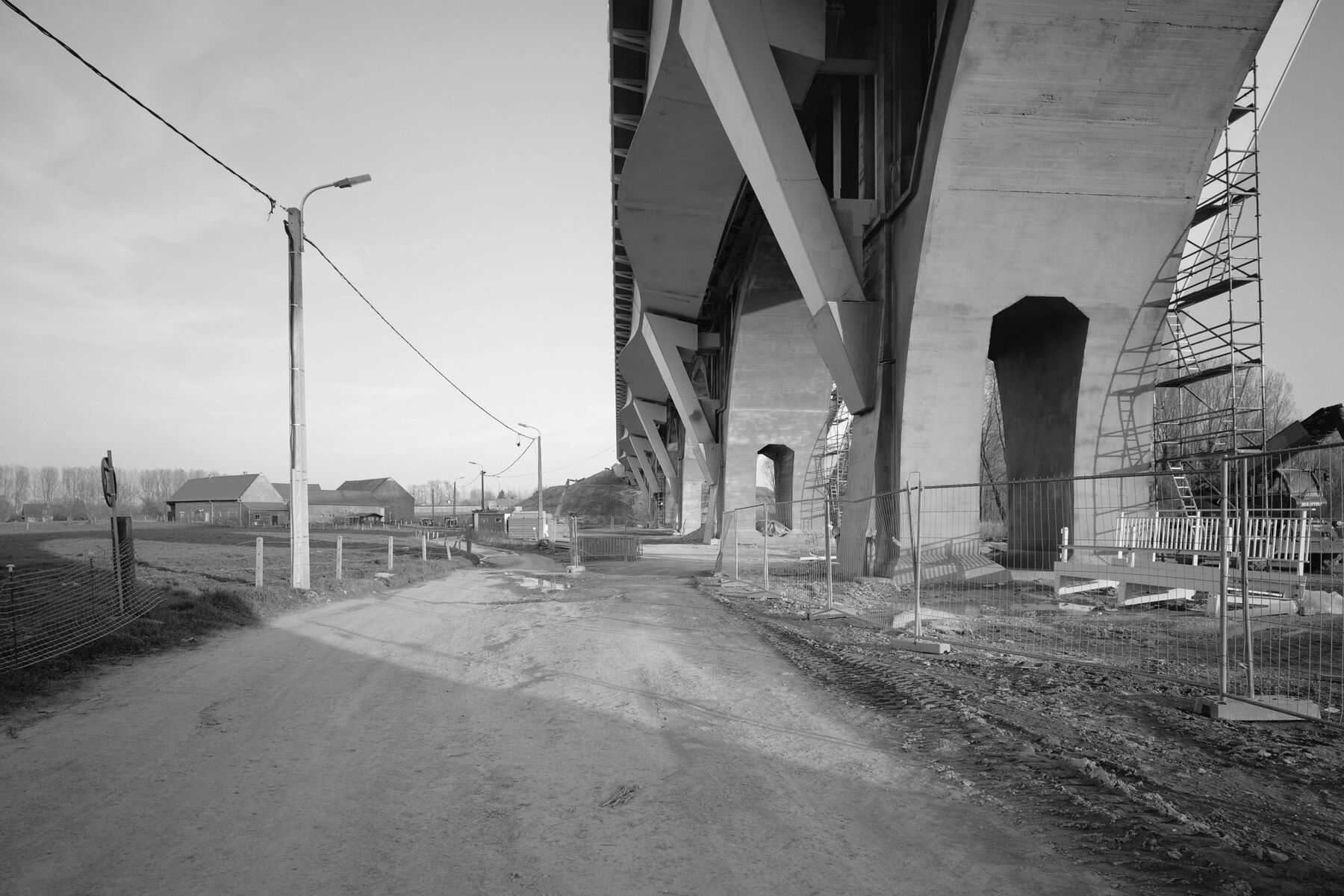Farmers and urban planners do not encounter one another enough and lack mutual understanding. Consequently, the thinking on the combination of agriculture and urbanism is fraught with preconceptions. The assumptions are that urbanism would have a de facto devastating impact on agriculture and that agriculture is not a topic to be discussed within an urban context. Farmers are confronted with the problems of urbanisation, too often cities overlook farmers and their added value when it comes to an urban environment. However, agroecological farmers can play a key role in today's urban landscape, which is in the throes of transformation. How can these two apparent opposites move towards a shared agenda?
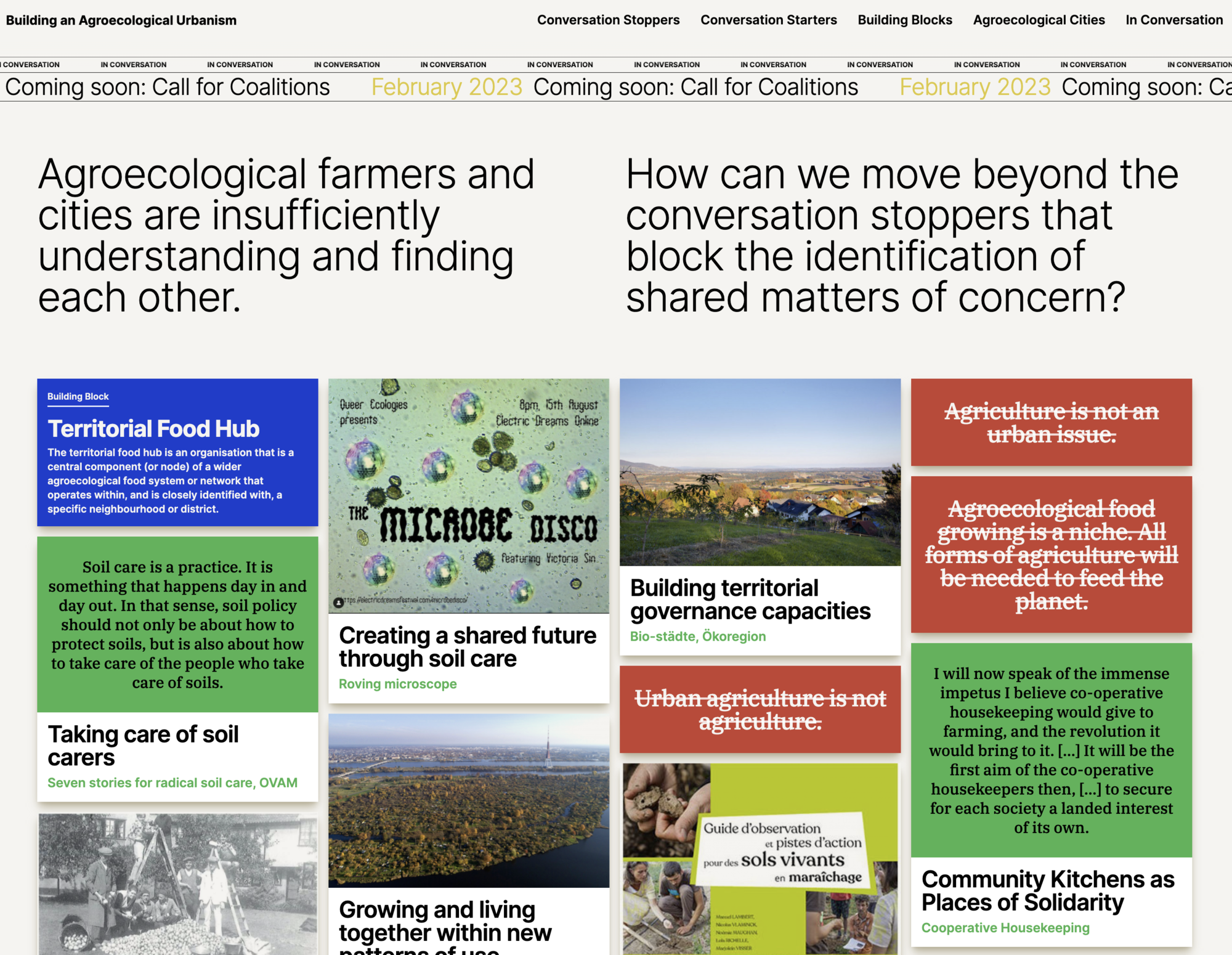
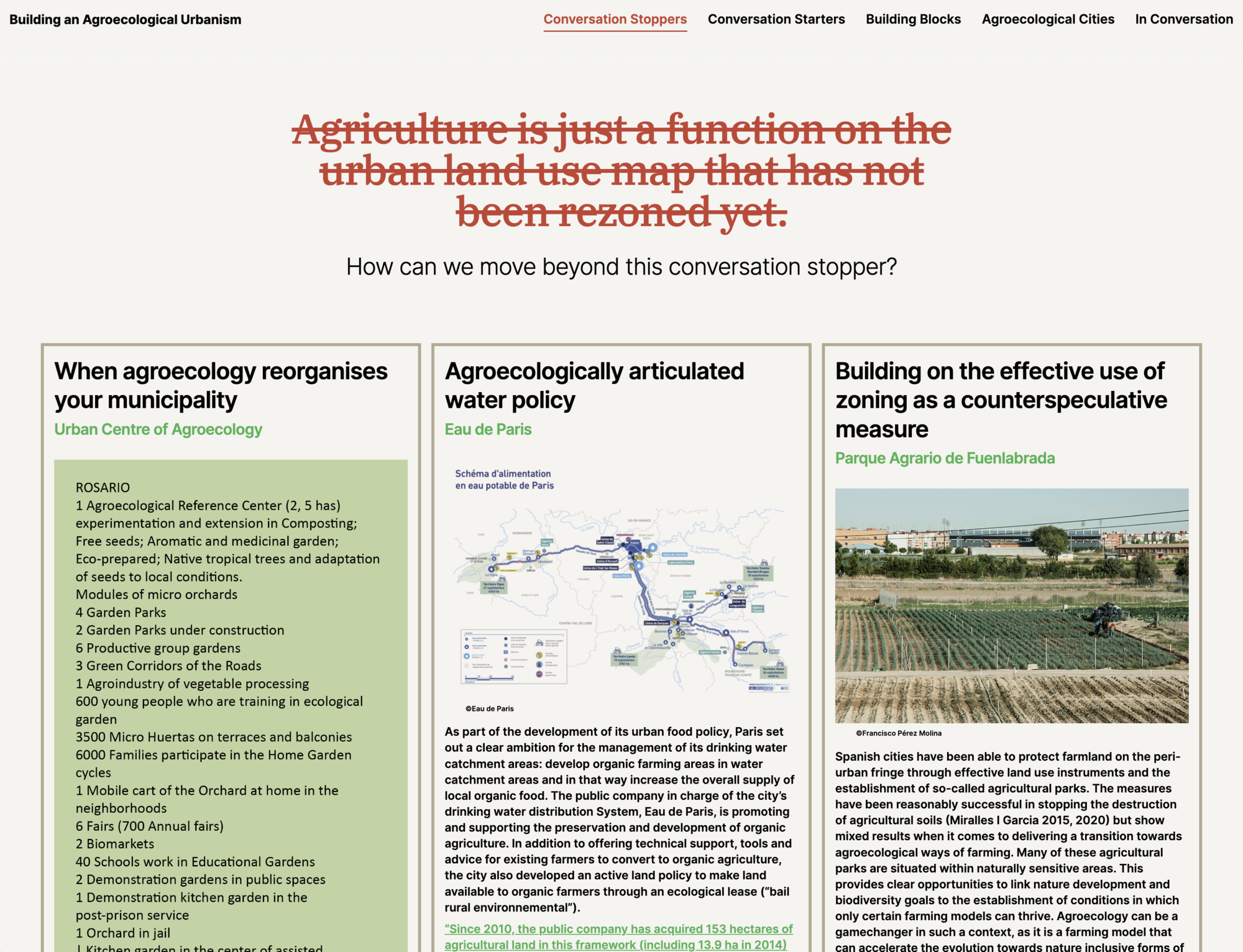
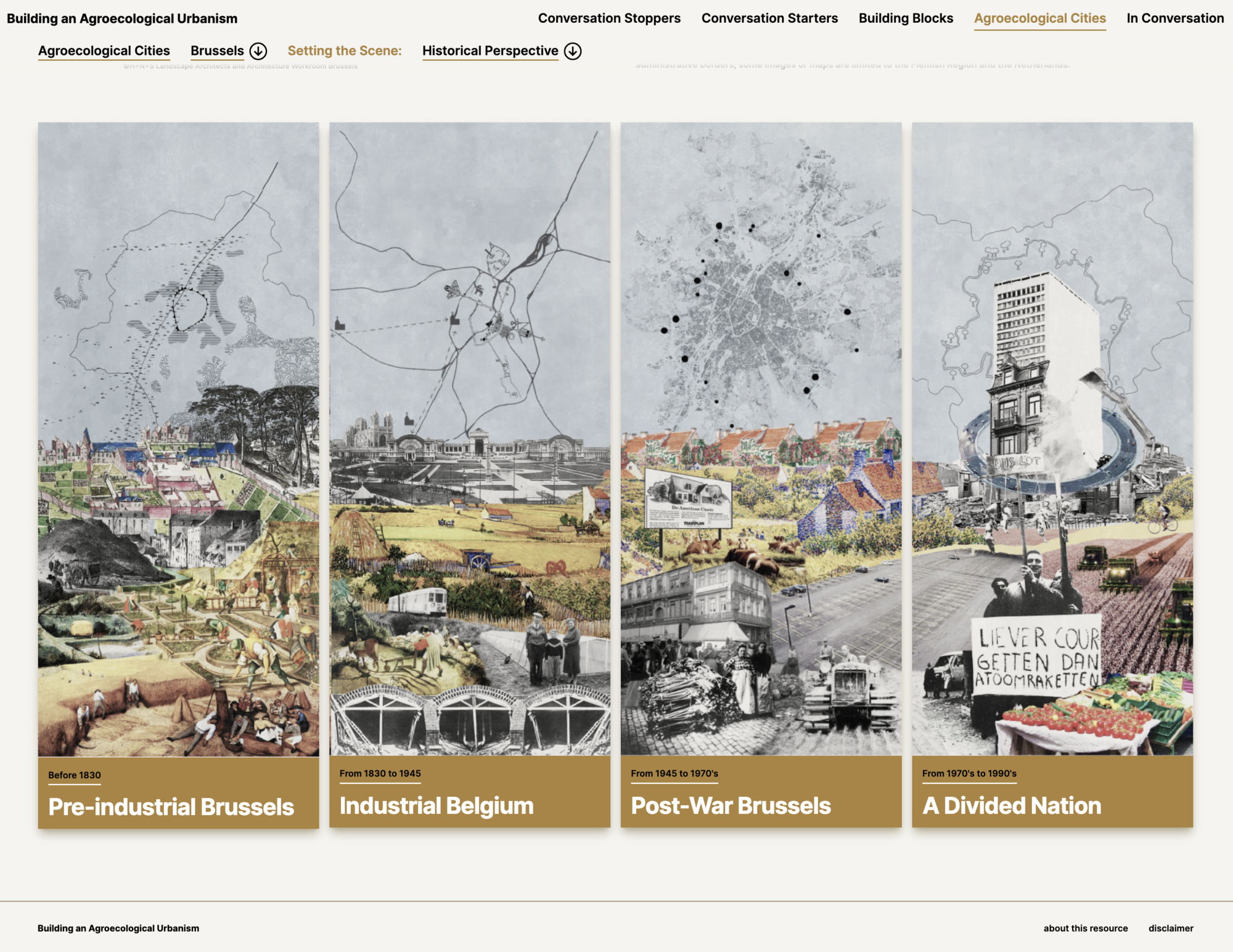
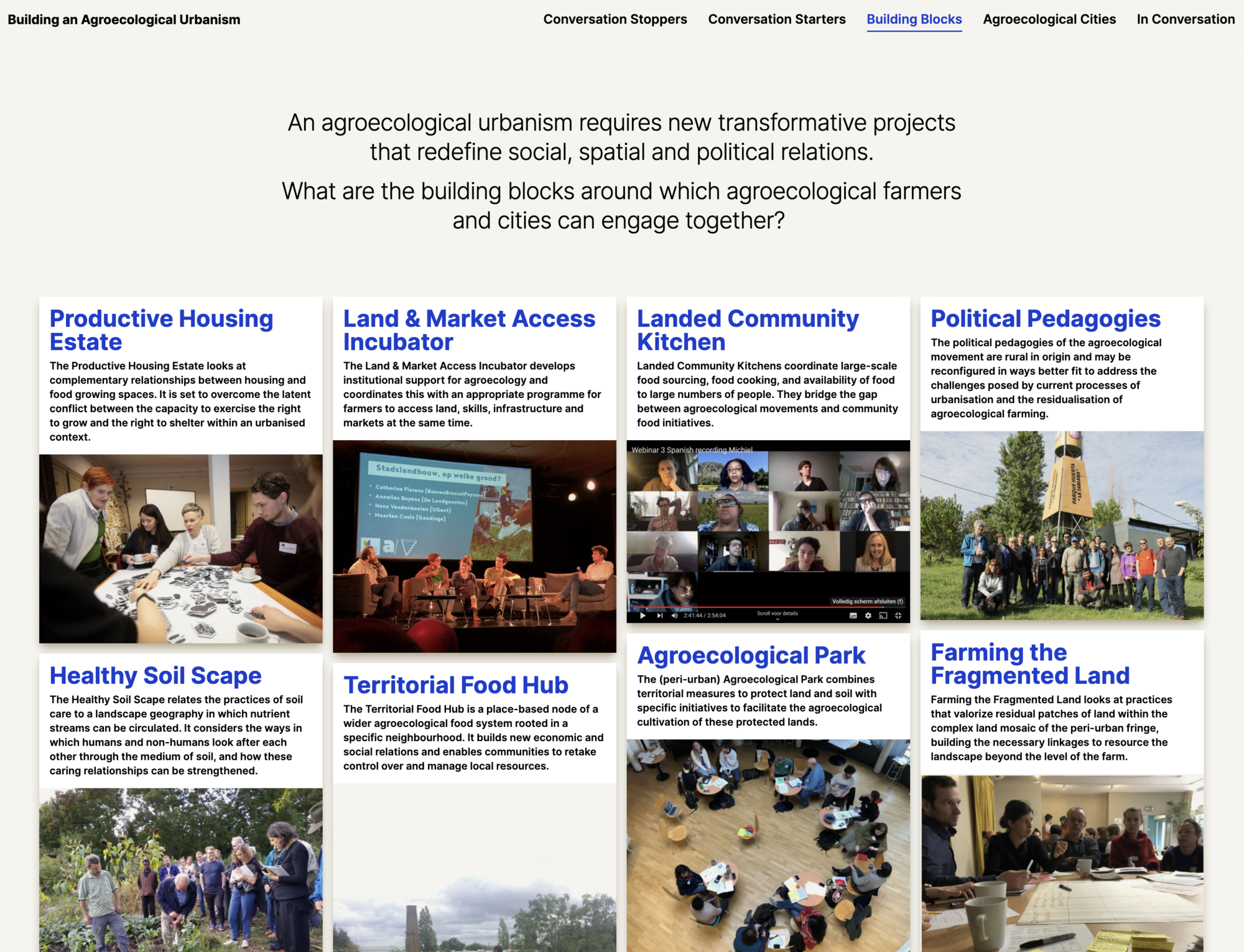
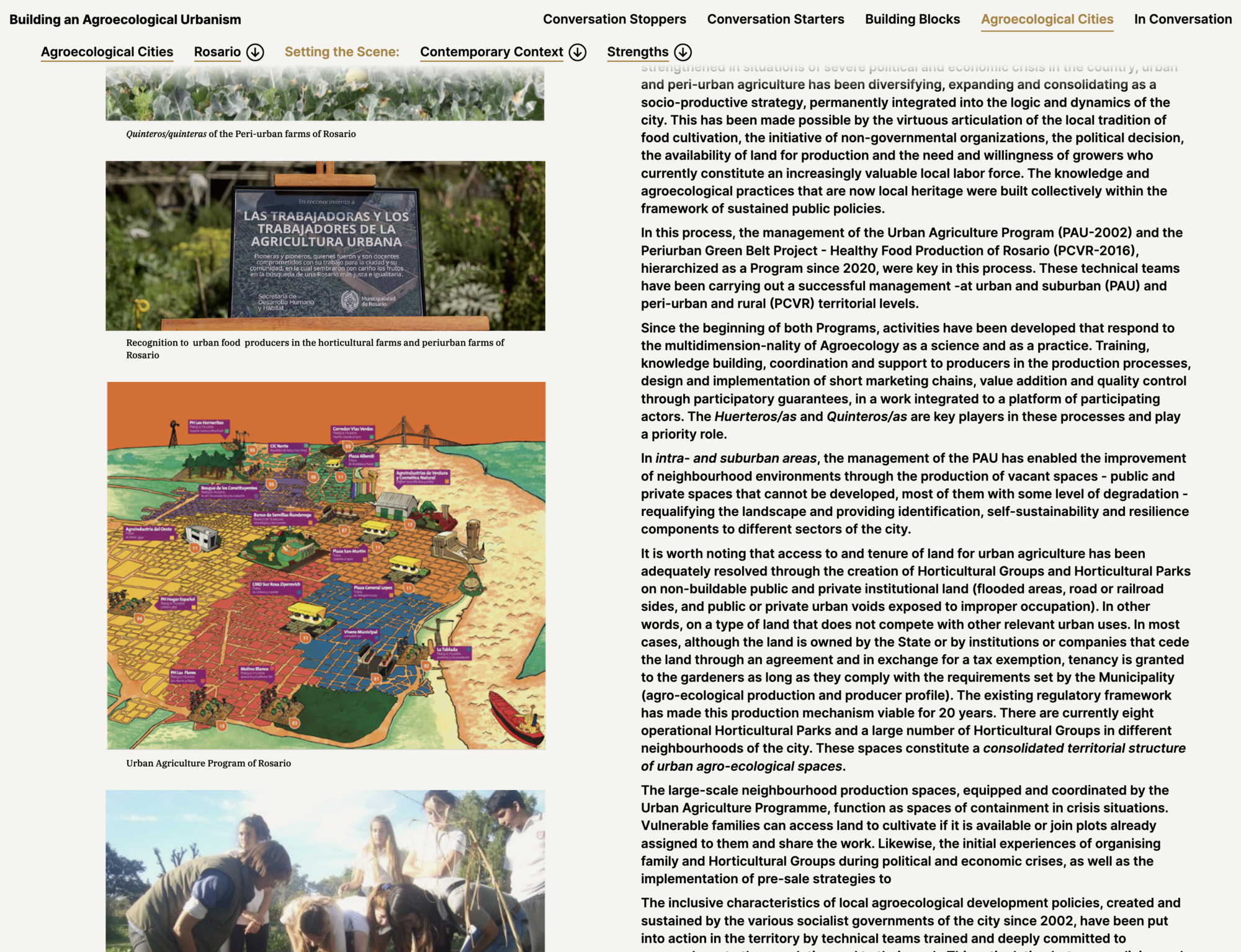
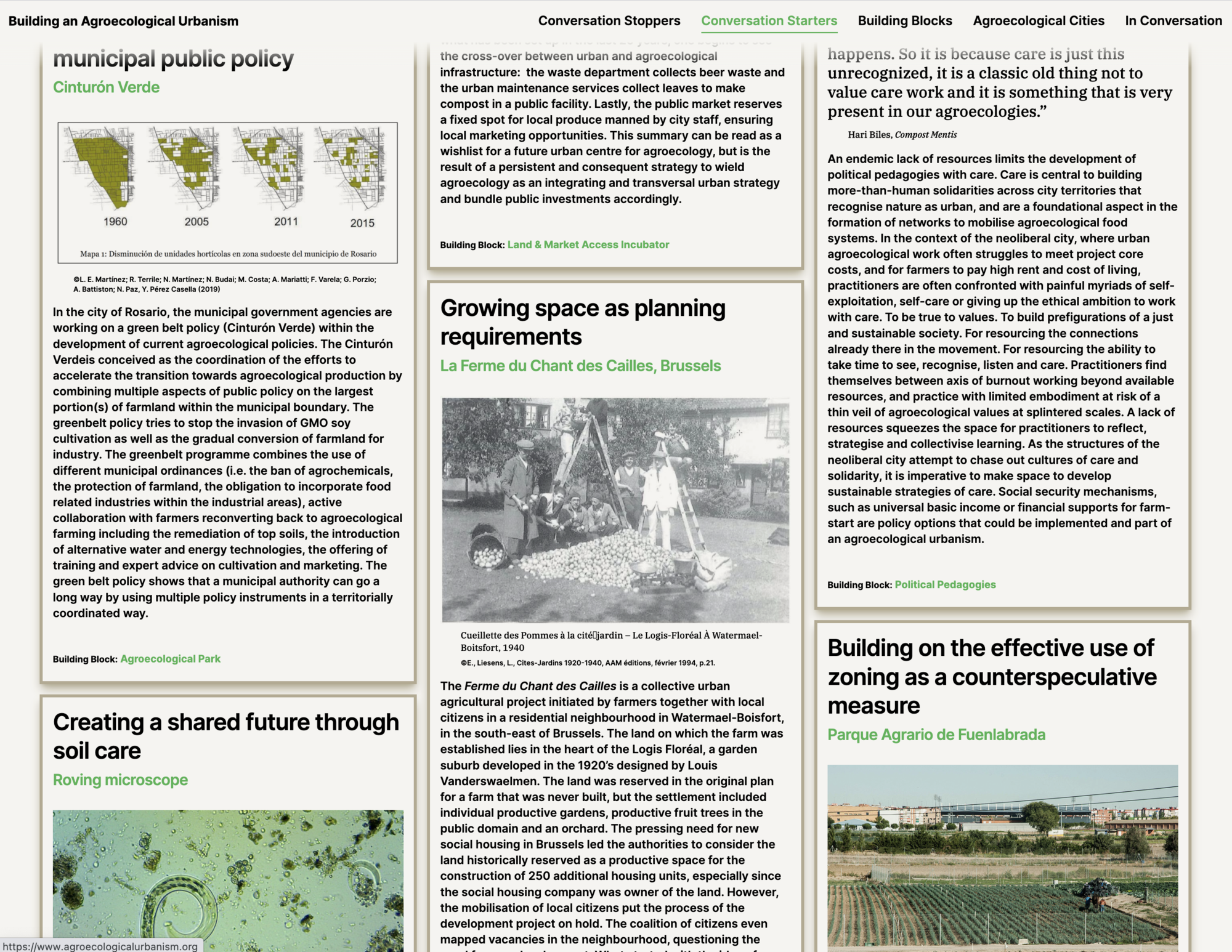
While urban planning is usually based on collective organisation, this interpretation is still uncommon for agriculture: often, cities do not look beyond food waste and small-scale urban agriculture. Michiel Dehaene (Ghent University) and Chiara Tornaghi (Coventry University) pioneered the scientific approach to agroecological urbanism, which focuses on boosting land-based agriculture in an urbanised landscape. To apply this academic concept in practice, they gathered together an international group consisting of land activists, sociologists, farmers' organisations, architects and researchers from other disciplines, to work around four cities. The research project, called 'Urbanising in Place', led to the publication of the online resource 'Building an Agroecological Urbanism'.
Online resource 'Building an Agroecological Urbanism'
'Building an Agroecological Urbanism' calls on farmers and urban planners to develop shared strategies around food production. The online platform is based on a series of conversation stoppers, which demonstrate where the dialogue between farmers and urban planners often falters. "There is enough space to grow food elsewhere, there are more pressing needs for space close to the city.," is, for example, an argument used by urban planners. A farmer, on the other hand, might argue that "the city is just a market" and nothing more.
We counter misconceptions like these with conversation starters: insights and practical examples that reveal the resulting impact when the two sectors do dare give each other space. After all, a shared agenda around agroecological urbanism needs a solid foundation. The examples range from small-scale initiatives, such as pay-what-you-can vegetable boxes, to large-scale strategies, such as linking agroecological food production to regional drinking water policy.
Lastly, a series of building blocks provides guidance on forms of cooperation: projects and practices to be developed, which require collaboration between farmers and urban planners, to give substance to agroecological urbanism.
'Urbanising in Place' action research
'Urbanising in Place' is the scientific background to 'Building an Agroecological Urbanism'. The research project focused on innovative agricultural and food growing practices in four urban contexts. Rosario led the way: in this Argentinian port city, agroecology has been decisive for the city's reorganisation over the past 30 years, as a result of which a range of urban agroecological infrastructure and policies have already been set up there. In London, activities involved placing the importance of peri-urban agriculture (fringe farming) on the urban agenda, and the practical development of soil care. In Riga, the revaluation of home-grown production was the focus, and experimentation in particular took place around Lucavsala, a 150-hectare island covered in allotments. AWB was jointly responsible for creating the online resource, as well as the research on the Brussels context.
We found that the focus in Brussels should be on an alliance of key individuals who facilitate making an agroecological infrastructure operational. The future needs new roles: different types of urban agroecologists who apply dispersed farmland in a landscape strategy, who establish local food infrastructures and who can view urban transformations and developments through an agroecological lens. They thus provide the necessary support for farmers in Brussels, but also beyond the regional borders, and bring Brussels closer to its ambitious goals related to relocalising food.
